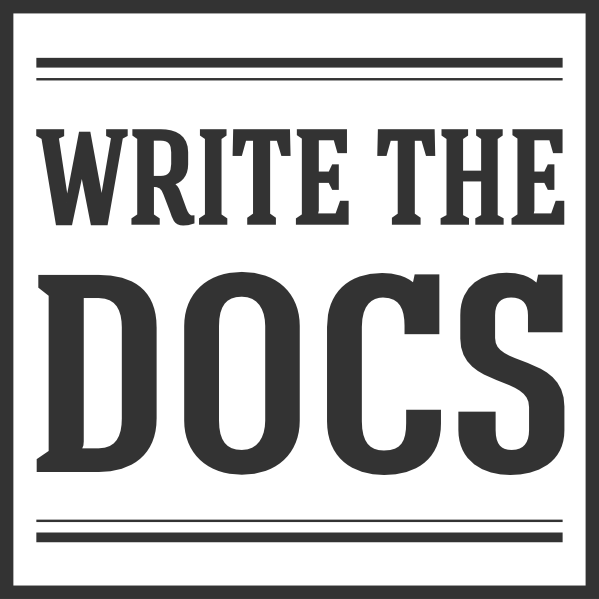Accessibility guidelines: for writing and beyond¶
Accessibility is an important aspect of any good web project, and docs are no exception. As one advocate puts it, “… if the content design is simple, concise, and clear you are already doing a lot for both a11y and localization.”
And to make this page as accessible as possible: the term a11y is what’s called a numeronym, or shorthand in this case for “accessibility”, where 11 is the number of letters between the a and the y.
See also reducing bias in your writing.
And for general writing style, see style guides.
Good introductions to accessibility¶
More resources¶
- Web accessibility training and courses from Deque
- Web accessibility class from Google, free on Udacity
- Game UX guidelines from the BBC
- Mobile UX guidelines from the BBC
- Pan-European project on providing education on accessible design
- Web-a11y Slack (you’ll need to google and find someone to DM, or please submit a PR to the WTD website repo if there’s a better way to join)
Exhaustive resources for web accessibility¶
- WebAIM, from the Center for Persons with Disabilities at Utah State University
- Collection of articles and other resources from Stark, a commercial a11y company
- IBM’s Equal Access Toolkit
Writing for accessibility includes making sure copy can be read by screenreaders, content organization, style and color of text emphasis, and more.
Relevant talks from Write the Docs:¶
- Moving beyond empathy: a11y in documentation
- A11y-Friendly Documentation at Write the Docs Prague 2018
- Inclusive Tech Docs - TechComm Meets Accessibility at Write the Docs EU 2015




